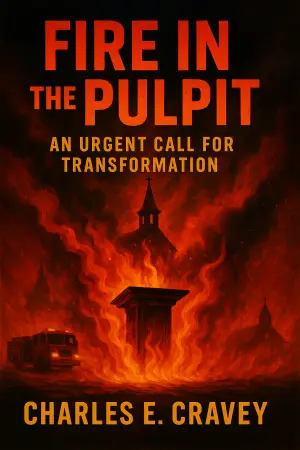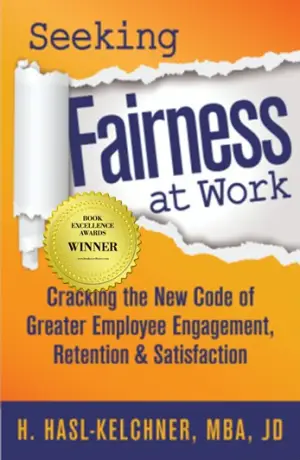Discovering Hope in The Probability of Everything
When I first stumbled upon The Probability of Everything by Jessie Mahoney, I was intrigued by the premise—an apocalyptic scenario woven with threads of science, math, and the intricacies of human emotion. I have a soft spot for novels that explore the intersection of knowledge and emotion, and this book promised both in spades. Little did I know it would reach into my heart and pull on my strings until I was sobbing uncontrollably on a flight to Belgium, sharing my tears with the unsuspecting girl in the seat beside me.
At its core, The Probability of Everything is a poignant exploration of human resilience in the face of impending doom. The story revolves around Dia, a young girl grappling with the chaos of a world on the brink of collapse. As experts convey grim prophecies, she navigates her emotions—fear, confusion, but also a deep yearning for connection and hope. The book serves as a poignant reminder that even when the universe feels unfathomable, the smallest moments can shine with brilliance.
Mahoney’s writing is both lyrical and heartfelt, making complex scientific concepts accessible without losing the rawness of human experience. The pacing is deliberate, allowing readers to fully immerse themselves in Dia’s journey, but it never drags. Each chapter feels like a dance through emotions—moments of joy interspersed with deep sadness, much like Dia’s own journey of understanding.
There are many quotes that resonated with me, each one striking a chord of familiarity. When Dia’s father says, “You can feel two things at once, you know. You can feel brave but afraid. You can feel happy but sad,” it captures the duality of human experience perfectly. This sentiment of holding conflicting emotions is something we often navigate, especially in turbulent times.
Another profound moment comes when Dia reflects, “But then I thought about it a little harder and I realized something: People ate on good and bad days…How did people keep going—keep existing—on the hard days?” It sparked an introspection on the sheer act of living amidst uncertainty—an echo of our current world, where fear and hope often collide.
The novel also delves into relationships, particularly the one between Dia and her father. Their bond is beautifully portrayed, an anchor amidst the chaos. The passage where he reassures her, “My job and your job isn’t to see life coming. It’s to be the best you can be,” left me with tears in my eyes, reflecting on my own relationships and the universal need for support and love.
The Probability of Everything is not just for readers who love science or speculative fiction; it’s a book for anyone grappling with the complexities of life. If you’re searching for an adventure that intertwines numbers with the warmth of human experience, this novel is for you. It’s a reminder that, even in darkness, there is always the possibility of light—and that hope is not just a fleeting emotion but a persistent force that can carry us through.
For me, it sparked a deeper appreciation for the people in my life and the events that shape our existence. In a world prone to despair, it illuminated the importance of connection and love—reminding me that while we may not control the universe, we can certainly choose how to respond to it. Grab a copy, prepare to be moved, and remember: you’re not alone in navigating the end of the world.
Discover more about The Probability of Everything on GoodReads >>






